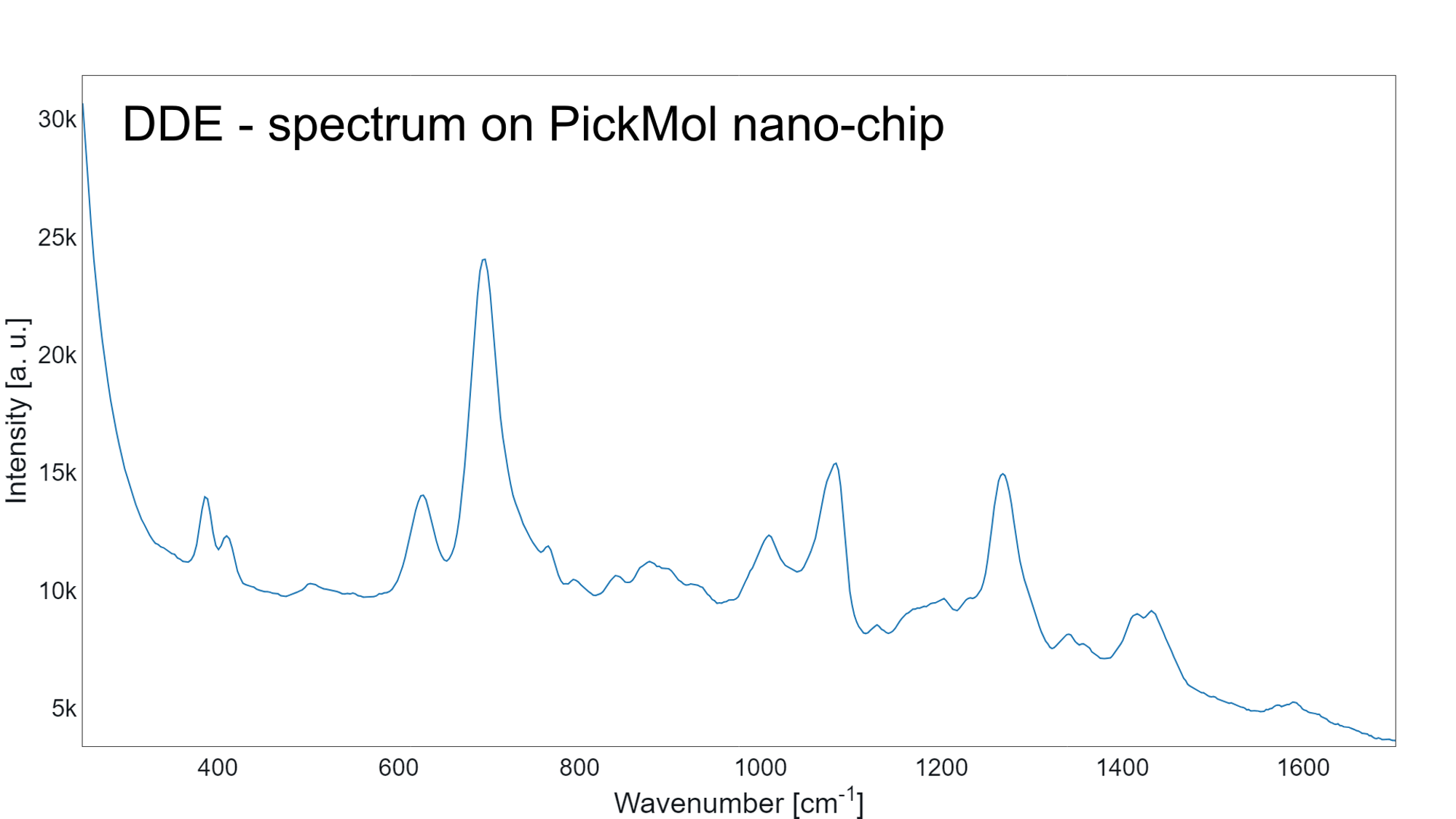Molecular Database
4,4´-DDE
MW = 318.03 g/mol
CAS Number: 72-55-9
Use and production
DDE (1,1-Dichloro-2,2-bis(4-chlorophenyl)ethene) is a chemicalcompound formed by the loss of hydrogen chloride (dehydrohalogenation) from DDT, of which it is one of the more common breakdown products. Due to DDT's massive prevalence in society and agriculture during the mid 20th century, DDT and DDE are still widely seen in animal tissue samples.
Toxicity
DDE is particularly dangerous because it is fat-soluble like other organochlorines; thus, it is rarely excreted from the body, and concentrations tend to increase throughout life. The major exception is the excretion of DDE in breastmilk, which transfers a substantial portion of the mother's DDE burden to the young animal or child. Along with accumulation over an organism's lifetime, this stability leads to bioaccumulation in the environment, which amplifies DDE's negative effects.
DDE has been shown to be toxic to rats at 79.6 mg/kg. DDE and its parent, DDT, are reproductive toxicants for certain birds species, and major reasons for the decline of the baldeagle, brownpelican peregrinefalcon, and osprey. These compounds cause egg shell thinning in susceptible species, which leads to the birds' crushing their eggs instead of incubating them, due to the latter's lack of resistance. Birds of prey, waterfowl, and song birds are more susceptible to eggshell thinning than chickens and relatedspecies, and DDE appears to be more potent than DDT.
A research shows that an elevated blood levels of DDEs (also of other toxic molecule from nonstick cookware, and fire retardants) have been tied to an increased risk for celiac disease in young people.[9] DDE has also been shown to be present in increased concentrations in the tumors of patients with primary hyperparathyroidism.



